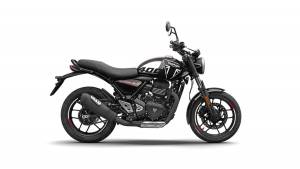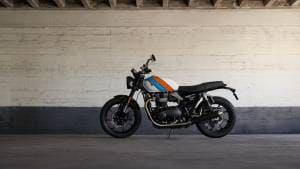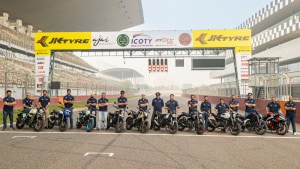2017 Triumph Street Triple S first ride review
It is hard not to love the Triumph Street Triple. The previous Triumph Street Triple, with the 675cc engine, had a unique sound. And its blend of slick performance, light weight and sharp reflexes made it one of the popular models in the Triumph line-up even though it was an expensive motorcycle in the big picture. A problem underlined by the fact that Triumph India chose to sell the lower-power 85PS version in India. Well, wipe all that history away because 2017 brings a completely new generation of the Triumph Street Triple. The new Triumph goes up against some big names too. There is the recently launched Ducati Monster 797, the extremely well-priced Kawasakis Z and Ninja 650, and more directly, the brand-new Kawasaki Z900. How does the brand-new Triumph Street Triple S fare, then?
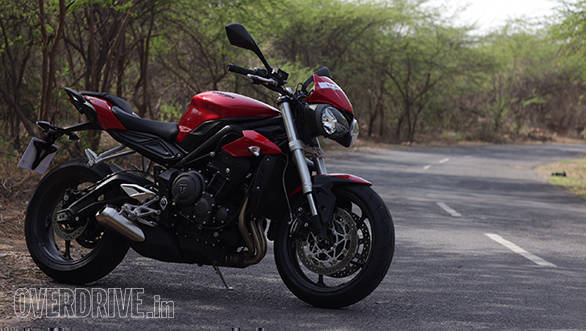
It should do well - we will confirm this at the comparison test. My confidence comes not only from the ride but also from the fact that Triumph has updated and upgraded almost every aspect of the motorcycle, and even the base S is a serious step forward from the 2016 Triumph Street Triple.
What's changed?
But before we dive into the Street Triple S, let us quickly run through what Triumph has done with it. The 675cc 3-cylinder was initially common to the Street Triple and the Daytona 675. Then the engines branched out. The Daytona was tweaked for more performance and that led to an almost new engine. The 675 was stroked and from it was born the Tiger's 800cc engine as well.
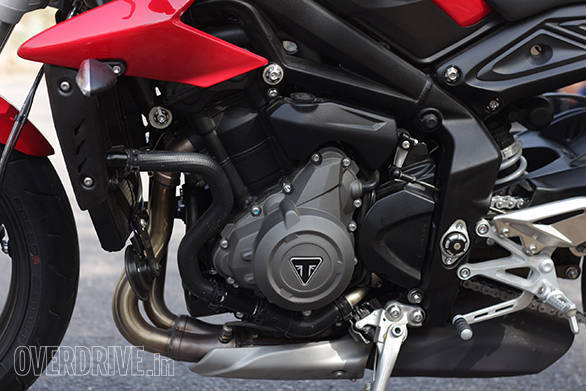
So in fact, the genesis 675 comes to a stop with the 2017 model. The new 765cc engine is based on the Daytona but apart from tweaks and optimisation, it gets a good bit more bore and a little bit more stroke to now displace 765cc. Triumph has worked on the intake as well as exhaust, and the engine is a Euro IV-spec motor with liquid-cooling, fuel-injection and ride-by-wire. The slip-assist clutch, unfortunately, is standard only on both of the other models. The other big change, engine-wise, is that the S gets 113PS and 73Nm which is a small jump compared to the 106PS Street Triple model. But compared to the Indian 79PS model, it represents a 40 per cent jump in power and a 30 per cent jump in torque! And weight is down 2kg and the gearing is lower.
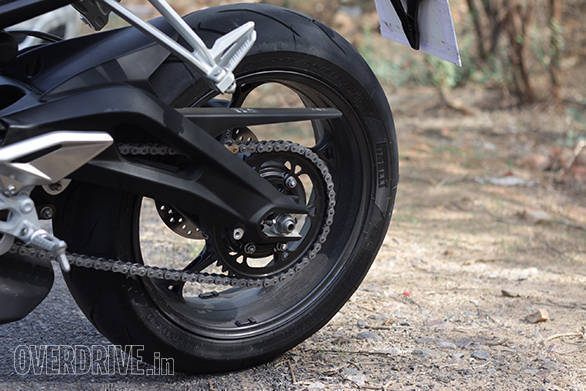
But that isn't all. While the new Street Triple continues to use an aluminium frame, but it is new and the gull-wing swingarm is all-new too. The latter allows Triumph to place the Euro-IV clean-up gear below the gearbox and continue to boast a stubby end-can.
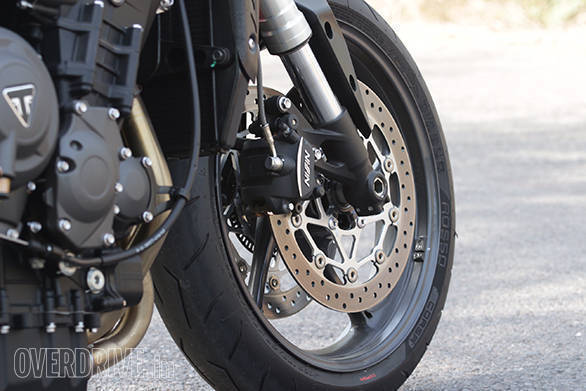
But even more important is suspension. The S model gets 43mm upside-down forks from Showa and they're Separate Function Forks - the bee's knees as it were if the Versys 650's ride quality is anything to go by. The rear is a preload adjustable monoshock, also by Showa.
What's to love?
The most shiny thing you'll spot on the Triumph is just how slick the motorcycle is now. This is a combination of engine smoothness, an easy-shifting gearbox and sophisticated new suspension. The combination is marvellous. It makes the Triumph Street Triple S feel properly plush and posh on good roads. And compared to the 2016 Triumph Street Triple, the performance and the ability to put the power down over intermediate roads is dramatically different. Moreover, the fact that the suspension can absorb the little ripples means you're more likely to have the gas open most of the time - which means you're going faster despite our variable conditions. That's a solid advantage.
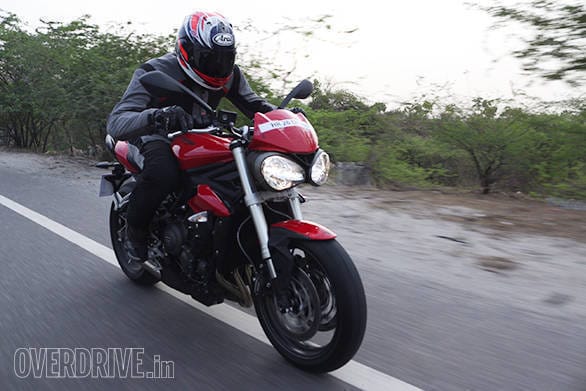
Also lovely is the spread of torque. The lower gearing of the new Triumph Street Triple changes how it behaves in our traffic. Indeed, lowering the final drive ratio was one of the favourite mods on the older Street Triple. The lower gearing allows you to trundle in high gears smoothly through light traffic. More importantly, you almost never have to think about going a gear lower to make an overtake.
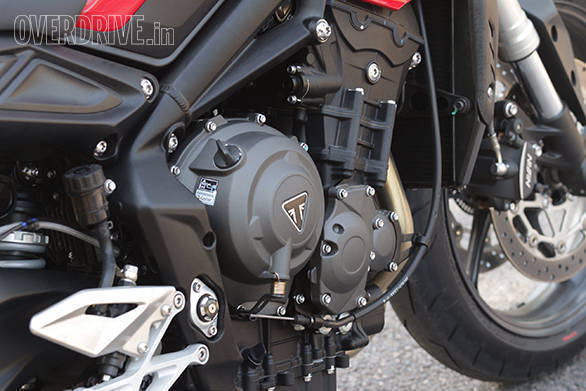
Although you might make the downshift mandatory because even on the stock pipes, the Street Triple S sounds wonderful. The intake roar is pronounced and you can sense that people hear you coming, but at reasonable range, not on Mars. I wouldn't pay for a set of pipes for this motorcycle, to be honest. They sound good and they're loud enough in my book. In a word, the Triumph Street Triple S feels easy. Easy to ride, easy to like and easy to imagine in your garage.
What's to like?
The Triumph Street Triple has so many good qualities that I was reminded of as I rode the new bike. The handling, for example. It's not on the love list because the S doesn't warrant the sharper (sweeter, I've read) geometry as on the R and RS models. I do like the set-up, though. The motorcycle feels compact and connected. Responses to steering input are resistance- and lag-free. The Diablo Rosso Corsa offers more grip than you need in practically every condition and that includes hard corner exits where the traction control lights come on and wag a finger at you.
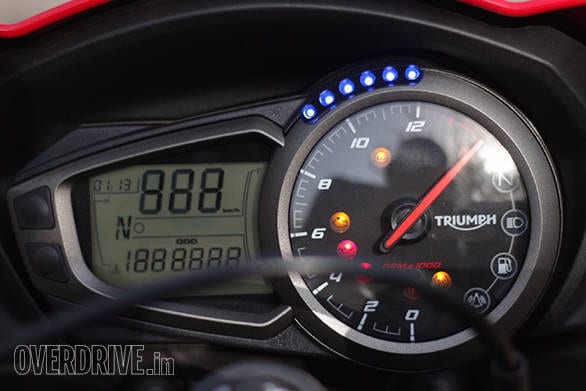
The electronics are also in the like column. The Street Triple has standard ABS as well as traction control. It gets a slower-reacting Rain mode as well as the alert Road mode. It's annoying that you cannot shift between modes on the fly though. You have to come to a momentary stop. Then again, you won't use the Rain mode all that often - trust me - so this isn't a problem. On the other hand, the Nissin brakes offer a lot of power as well as a lot of feel, so braking is easy to modulate. The Street Triple, then again, has always had great stopper.
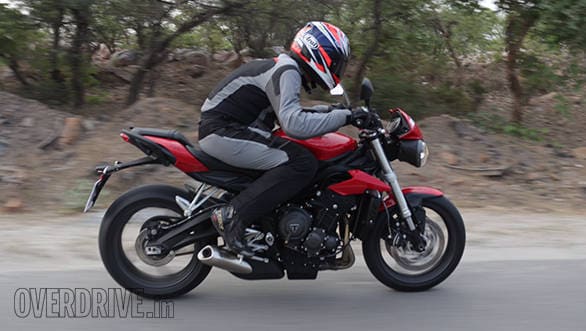
I also do like the ergonomics on the Street Triple. It uses a very mild bend on the handlebar, and the pegs are just a bit rearset. But I've managed to hold this position for 10 hours on the old model. The new ones are just that blend of sporty and easy. The little change is the new crest on the headlight unit that deflects a fair bit of wind off your chest and makes high-speed cruising a lot more fun without needing any additional screens or parts to be added.
What could be improved?
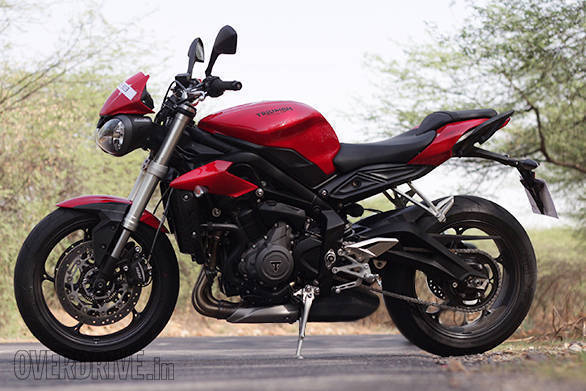
I suspect that the Street Triple could have looked more different. But I understand that it is a catch-22. Triumph cannot change the Street Triple, an established brand, too drastically. Triumph has dramatically improved the finish and attention to detail on the new models and that's always welcome. I, personally, haven't been a fan of the new Speed Triple's headlight cluster, and it does nothing for me on the Street Triple either. The crest is now part of the unit and that also increases the size perception of an otherwise compact motorcycle. I do also wish that Triumph had integrated the grab rails more neatly into the package. The two-tone tailpiece is very sleek, but the matte black grab rail is bit too large and chunky.
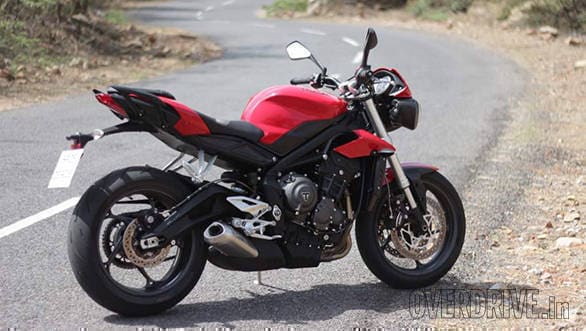
Verdict
Well! What do you know? Triumph has done well with the revamp of the Bonneville line and now they're showing that same panache with the Street Triple line as well. The new motorcycle is leaps and bounds better than the old one in practically every way you care to name. All the more impressive is the fact that this is despite the S being the base model. The R and the RS will likely be even more impressive motorcycles. Bring 'em fast, Triumph India!

That brings us to the price. We always found the 2016 Triumph Street Triple to be expensive for the Rs 7.99 lakh (ex-Delhi) price tag it carried. The balance is fixed to a good degree by the new 2017 Triumph Street Triple S. It is priced at Rs 8.50 lakh (ex-Delhi), Rs 51,000 more expensive. When you compare the price to the predecessor and consider the extra performance as well as extra chassis ability, plus electronics, the extra money is hard to argue against. The new Street Triple S, undoubtedly, is solid value in this frame of reference.
However, I do wish Triumph had gone a bit lower still and lowered the bar on one of the best all-round motorcycles on sale in India today. Then they'd have both raised and lowered the bar. And that's fantastic, isn't it? Watch for a road test on OVERDRIVE shortly - it will be a good one.
